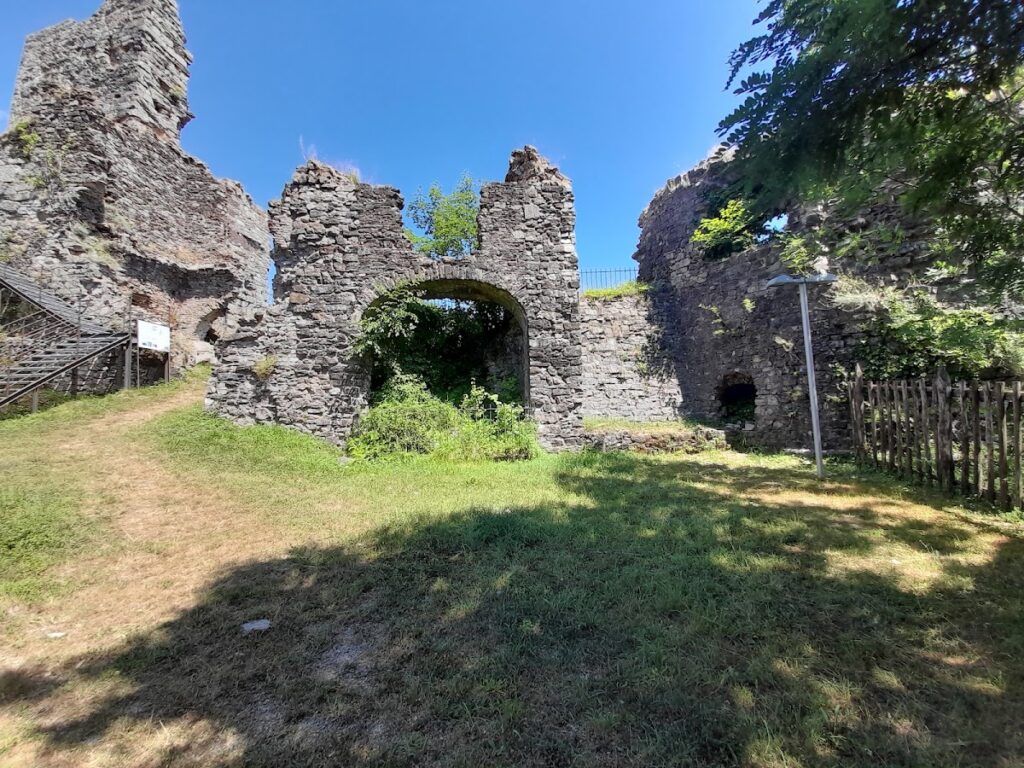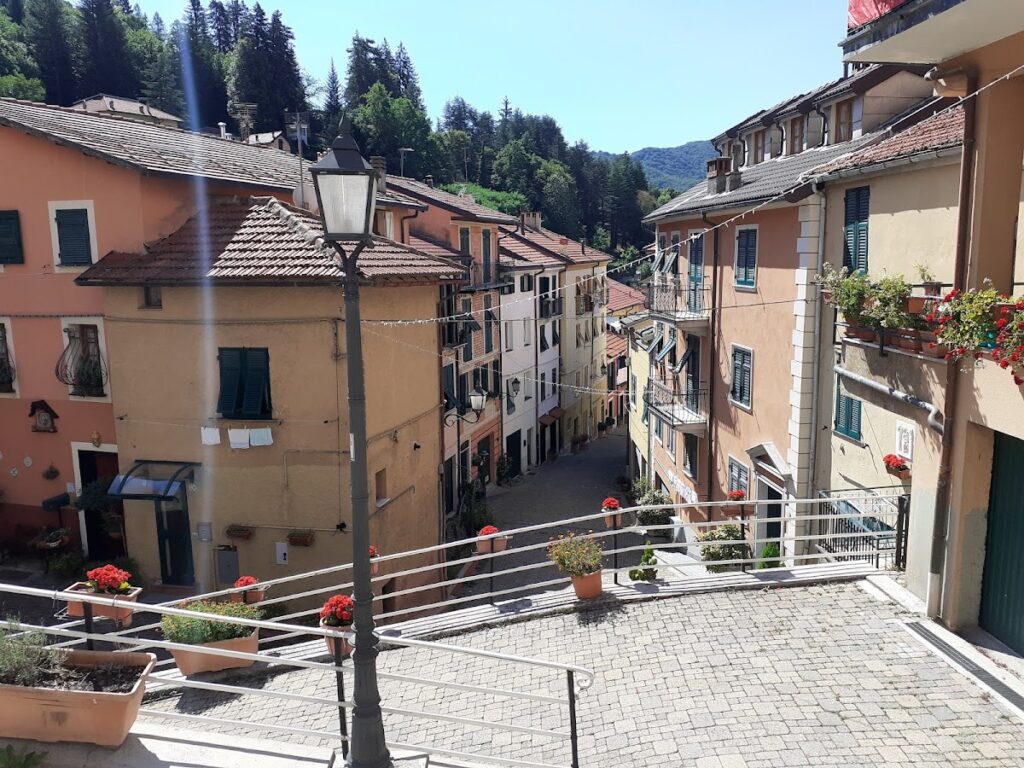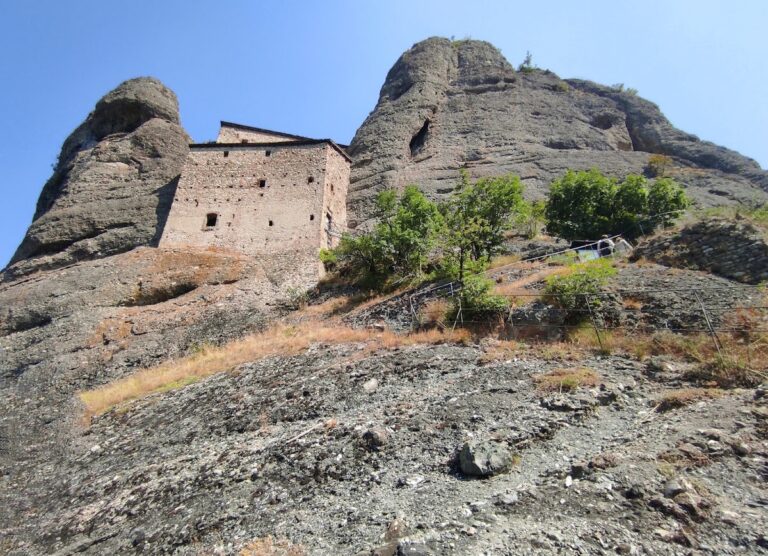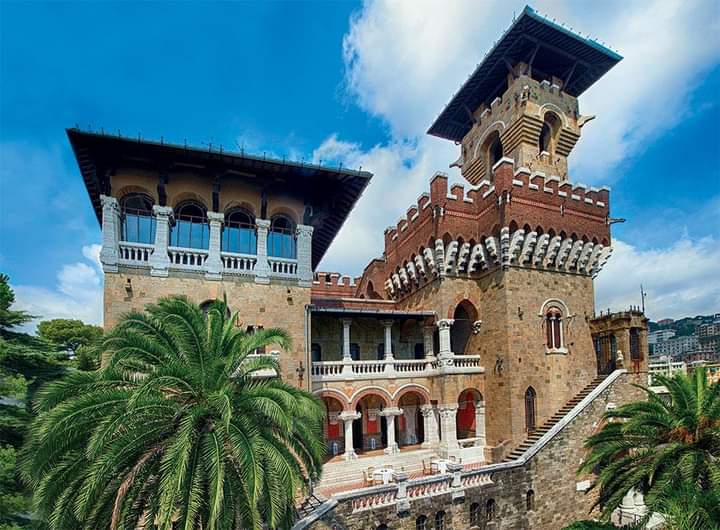Castle of Torriglia: A Medieval Fortress in Italy
Visitor Information
Google Rating: 4
Popularity: Low
Google Maps: View on Google Maps
Country: Italy
Civilization: Unclassified
Remains: Military
History
The Castle of Torriglia is situated above the town of Torriglia, within the municipality bearing the same name in modern Italy. Its origins trace back to the early medieval period, likely constructed by local powers around the year 1000, though exact details of its founding civilization remain uncertain. The earliest official mention appears in a papal decree issued in 1153 by Pope Anastasius IV, confirming its established presence by the mid-12th century.
By 1180, the castle came under the possession of the Malaspina family, a fact that was later reaffirmed by Emperor Frederick II. The Malaspinas maintained control until about 1250, after which ownership shifted in the second half of the 13th century to the Fieschi family, counts of Lavagna. The Fieschi period marked significant consolidation, aligning the castle within their territorial holdings.
During its later history in the 14th and 15th centuries, the Castle of Torriglia experienced military conflict, notably enduring a siege in 1392 led by Raffaele Adorno. Further hostilities occurred in 1450 when forces from Milan, under Duke Filippo Maria Visconti, captured the fortress. Despite this, the Fieschi reclaimed their hold two years later in 1452 and retained the castle until the mid-16th century.
Following the failed Fieschi Conspiracy in 1547, the castle passed into the hands of the Doria family. The Dorias established the area as an independent marquisate and later elevated it to a principality. This transition is documented through imperial investitures preserved in archives in Rome. Under Doria stewardship, the castle underwent extensive remodeling to reflect contemporary tastes and needs.
The Dorias maintained ownership until the late 18th century when the turbulent Napoleonic period brought destruction. In 1799, local residents attacked and demolished parts of the castle amid the broader upheavals of the era. Subsequent suppression of imperial fiefs left the castle abandoned and in ruin.
The castle’s remains found renewed purpose during World War II, serving as a shelter and lookout point for partisan fighters resisting occupying forces. Decades later, restoration efforts supported by Italian cultural authorities have stabilized the site and reopened it to the public since 2009.
Remains
The Castle of Torriglia originally featured a rectangular plan, possibly encircled by a protective moat, embodying characteristics common to medieval fortifications. This defensive layout included a bastion arranged over multiple levels housing spaces such as a lounge, main hall, bedrooms, storage rooms, and an armory, indicating both military and residential functions.
One notable feature is a circular bastion positioned on the eastern side, which contained a chapel and an archive room. These spaces suggest the castle served not only defensive and domestic roles but also religious and administrative functions. The inclusion of an archive room points to the importance of record keeping within the site.
Access to the castle from the town was managed by two separate paths ascending and converging near a small tower called a “torretta,” identifiable by its pointed roof. This tower likely functioned as a watchpoint or defensive structure. Beyond this point lay the “Prince’s Garden,” a space now repurposed as a public park but historically connected to the castle’s upper grounds.
The northern section of the castle is dominated by a square tower standing approximately 19 meters tall, notable for its Guelph-style battlements, a crenellated design used during medieval times. This tower was remodeled during the Fieschi period and contained prison cells and torture chambers, as recorded in historic documents detailing multiple escape attempts. The tower’s lower portion is built with large, finely cut stones potentially dating back to Roman times, while the upper sections consist of bricks fired in kilns and capped with irregular stones.
Much of what is known about the castle’s structure comes from historical documents and drawings preserved in the archives of the Doria Pamphilj family. These records have been crucial in understanding the castle’s architectural evolution and its various phases of modification over the centuries.










